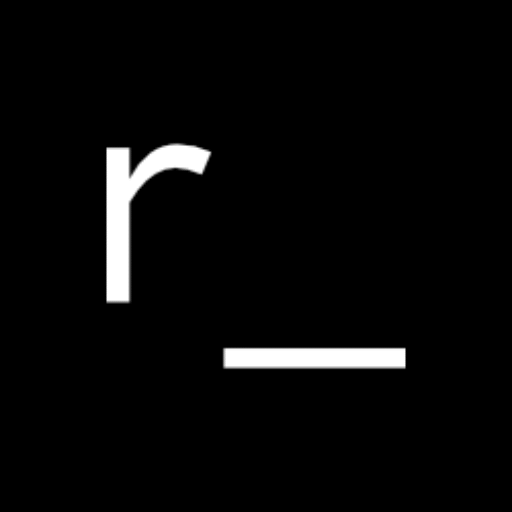Charts and Graphs: Visualizing Your IT Health for Immediate Insight
- Charts and graphs
- Maps and heat maps
- Tables and data matrices
- Reports and statements
- Gauges and meters
- Dashboards
In the complex world of IT monitoring and observability, raw data – countless metrics, log lines, and trace spans – can be overwhelming. At Relipoint, we believe that Charts and Graphs are the universal language of operational insight. They transform this vast sea of information into clear, actionable visual stories, enabling your teams to quickly understand system health, identify trends, spot anomalies, and troubleshoot issues with unparalleled speed and precision.
Why Visualizing Monitoring Data with Charts and Graphs is Essential?
Effective data visualization is the cornerstone of a proactive monitoring strategy. Without it, even the most sophisticated data collection efforts can fall short. Leveraging well-designed charts and graphs is critical for:
Rapid Problem Identification: Visual patterns instantly highlight deviations from normal behavior, allowing operators to spot issues like sudden spikes in error rates or unexpected drops in performance much faster than sifting through logs or raw numbers. As noted by Gartner’s insights on IT Operations, visual context is key to quick anomaly detection.
Faster Root Cause Analysis: By overlaying different data sets on a common timeline (e.g., CPU utilization alongside application response times), charts enable rapid correlation and help pinpoint the precise cause of an incident. This significantly reduces Mean Time To Resolution (MTTR).
Understanding Trends and Capacity Planning: Long-term historical data, visualized through line or area charts, reveals trends in resource consumption and user behavior. This is vital for accurate capacity planning and ensuring your infrastructure can scale to meet future demands, a concept well-explained in cloud scalability whitepapers.
Proactive Anomaly Detection: Advanced charting capabilities can highlight subtle anomalies that might otherwise go unnoticed, allowing for proactive intervention before minor issues escalate into major outages. Machine learning-powered anomaly detection often relies on visual confirmation in charts, a feature common in tools like Datadog.
Stakeholder Communication: Clear, concise charts and graphs make it easy to communicate complex technical performance metrics to non-technical stakeholders, fostering better collaboration and informed business decisions.
Diverse Chart Types for Specific Needs
We select the most appropriate chart type for each metric and use case.
Line Charts: Ideal for showing trends over time (e.g., CPU utilization over the last 24 hours, network latency historical view).
Bar Charts: Perfect for comparing discrete values (e.g., top 10 most active servers, error counts per application module).
Area Charts: Visualize aggregated totals and contributions of different components over time (e.g., total bandwidth usage broken down by service).
Gauge Charts/Scorecards: Provide immediate status updates for critical KPIs (e.g., current application uptime percentage, database connection count), aligning with concepts of dashboard design for operations.
Heatmaps: Useful for visualizing data intensity across two dimensions, such as error density across different geographical regions or server clusters.
Customizable and Interactive Dashboards
We design tailored dashboards with drill-down capabilities, allowing users to explore data at different levels of granularity. Interactivity, as found in popular platforms like Grafana, enables dynamic analysis.
Correlation and Overlay
We emphasize the ability to overlay multiple data series on a single chart or correlate charts across different domains to reveal complex interdependencies that might not be apparent in isolated views.
Alerting Integration
Charts are directly integrated with alerting mechanisms, allowing teams to visualize the threshold breaches that trigger notifications and understand the context behind every alert.
We replace unreliable wirefreme and expensive agencies for one of the best organized layer.




Product making for friendly users
Any questions?
Don’t be shy, we are here to provide answers!
Warsaw
Twarda 18, 00-105 Warszawa
TAX ID/VAT: PL5252878354
+48 572 135 583
+48 608 049 827
Contact email: contact@relipoint.com
Are you looking for a job? Contact us at jobs@relipoint.com to discuss opportunities and submit your application.
© 2021 – 2025 | All rights reserved by Relipoint
